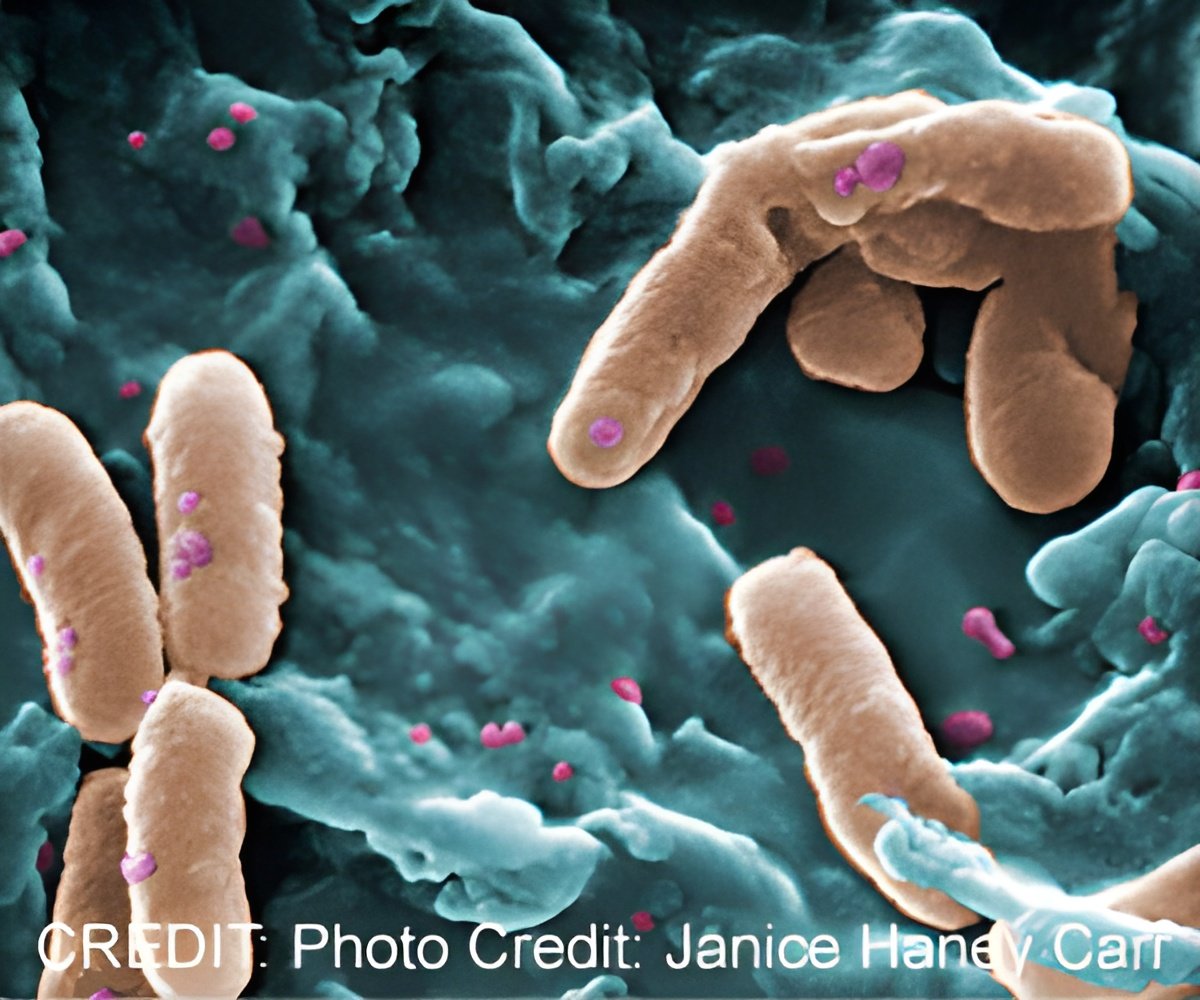
The World Health Organization (WHO) has recently published its revised list of antibiotic-resistant bacteria after a break of seven years. This comprehensive list not only identifies the resistant strains but also offers valuable recommendations for the research of innovative and essential therapies to combat the escalating prevalence of antimicrobial resistance (AMR).
In the case of antimicrobial-resistant infections, caused primarily by the improper use and excessive use of antimicrobials, microorganisms like bacteria, viruses, fungi, and parasites become unresponsive to medications. This significantly impacts the management of prevalent infections like tuberculosis, resulting in serious illness and higher death rates (1✔ ✔Trusted Source
WHO updates list of drug-resistant bacteria most threatening to human health
).
Highlights of Revisions Made in BPPL:
The 2024 Bacterial Priority Pathogens List (BPPL) includes 15 families of antibiotic-resistant bacteria categorized as critical, high, and medium for prioritization.
The new “list is key to guiding investment and grappling with the antibiotics pipeline and access crisis,” stated Dr. Yukiko Nakatani, WHO’s Assistant Director-General for Antimicrobial Resistance ad interim.
“The threat of antimicrobial resistance has intensified, eroding the efficacy of numerous antibiotics and putting many of the gains of modern medicine at risk,” since the first list was released in 2017, Dr Yukiko added.
In the year 2024, the WHO made revisions to the BPPL by eliminating five pathogen-antibiotic combinations that were previously included in 2017, while introducing four new combinations.
In BPPL 2024, the third-generation cephalosporin-resistant Enterobacterales are now categorized as a separate entity within the critical majority category, whereas Carbapenem-resistant Pseudomonas aeruginosa (CRPA) infection has been reclassified from critical to high priority.
Advertisement
Challenges to Overcome in Future:
Furthermore, the World Health Organization (WHO) stated that the ongoing global challenges persist with the critical priority pathogens, including gram-negative bacteria that are resistant to last-resort antibiotics, and Mycobacterium tuberculosis that is resistant to the antibiotic rifampicin. These pathogens pose significant threats worldwide due to their ability to resist treatment and to transmit resistance to other bacteria.
The BPPL 2024 further highlights the importance of adopting a holistic approach to tackle AMR in public health. This approach should encompass ensuring that everyone has equal access to effective and affordable measures for preventing, diagnosing, and treating infections.
Advertisement
Reference:
- WHO updates list of drug-resistant bacteria most threatening to human health
– (https://www.who.int/news/item/17-05-2024-who-updates-list-of-drug-resistant-bacteria-most-threatening-to-human-health)
Source-Medindia



